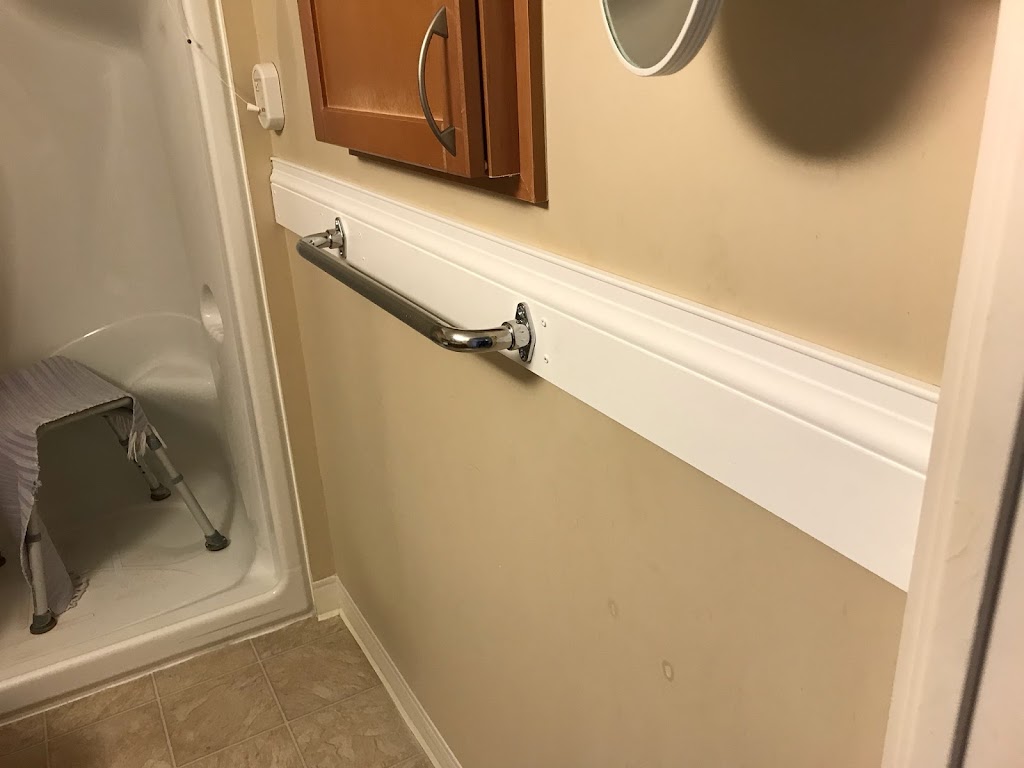
There are some things that you need to keep in mind if you plan on starting your own contractor business. You must choose a service you enjoy providing, otherwise, you will be burned out long before you make any money. You might lose passion for the service you offer and find yourself unable to hire laborers. Choose a service that is already well-known and train your staff.
Independent contractor
An independent contractor is an individual who does their professional work as a freelancer or without an employer. There are exceptions. There are some exceptions. Here are some differences between employees or independent contractors. Three examples are provided below. The article below will provide more details.
There are many differences between an employee or an independent contractor, no matter if the business is a home-based business or a large corporation. An employee has legal obligations to complete the work assigned by their employer. A contractor, however, is only legally bound for the duties specified in a contract with the client. The contractor should be clear about the responsibilities he has to the client. The contract should also specify how many revisions are allowed and the time limits if the client is unhappy with the work. The contract protects the contractor’s knowledge and time.

Self-employed contractor
Many benefits come with being a self employed contractor. There are many benefits to being a self-employed business contractor. You have more flexibility in your work schedule. Additionally, you can choose clients and projects that suit your skills and interests. As a self-employed business contractor, you'll have a competitive advantage over your peers and won't have to answer to a boss. Listed below are five reasons to choose this route. These reasons will help to determine if it's right.
There are a variety of ways to become a self-employed business contractor. You can be a convenience store owner or a freelance designer. Or even the founder of an entire company. Contractors who are self-employed work on a temporary basis and don’t receive a permanent wage. They get paid for the work that they do, but they don't have to pay the same taxes as employees.
Non-Small Businesses contractor
Most contractors are able to save money on their first LRF evaluation. Although this savings is not well known, it is possible to save up to 50% on your first LRF assessment. The savings for small businesses are still higher, but they are much lower than those of non-Small contractors. To avoid paying more taxes than they should, contractors need to be aware of these steps. In certain instances, a contractor for small businesses can choose to pay higher taxes than the contractor for larger businesses.
Subcontractor
A subcontractor is an individual or business that does work for a contractor. Subcontractors are not employees of contractors. They are hired to perform temporary work or as suppliers and will only be paid for their work if they meet specific standards. Subcontractors are typically self-employed and specialize in one specific field. Contractors often find subcontracting helps them control costs and reduce project risk.

It is important to review any contract before hiring subcontractors. Make sure that it addresses safety issues. Small businesses should include clauses that require the subcontractor to follow certain safety regulations. Payment should be made by the job, not by the hour, and should not prohibit the subcontractor from working for more than one client simultaneously. Additionally, the contract should include information about payment methods.
FAQ
How often should I hire a handyman?
It depends on your project. One handyman might be enough to do a basic job like changing a bulb or fixing a leak. If there are many remodeling tasks involved, however, you might need several handymen.
Where do handymen come?
There are thousands and thousands of handymen throughout the U.S. But almost none of them started their career as contractors. Most started as a tradesman, typically learning how to do things through apprenticeships. This means that they are often highly skilled and have a lot of knowledge. They can be valuable assets to any company.
What is the difference in a handyman and carpenter?
Handyman services can be provided for a wide range of tasks, such as plumbing, electrical, carpentry, cabinet building, flooring, tiling and kitchen remodeling. Carpenters specialize in woodworking. Carpenters can construct cabinets, doors, windows and stairs.
What qualifications does a handyman need?
Being a handyman requires patience. A strong understanding of home maintenance and electrical systems are essential.
Many jobs are available to qualified workers. However, if they don't exist, you may not be eligible.
This is why you might consider enrolling in a school that specializes in these types of courses.
Are handymen insured?
Yes! Yes. Most insurance companies cover liability claims over $1 million for accident property damage or bodily harm. Your insurance company will typically compensate you for damages if there is a problem during the project.
Does a handyman make suggestions about how to improve my home?
Absolutely! True, a handyman can be trained in any area of home repair or maintenance. He or she will know what needs to be done and what won't. Don't be afraid to ask for help whenever you need it.
Statistics
- More than 20% of homes in America have outdoor living spaces, including decks and patios. (mrhandyman.com)
- Mila keeps a commission of 20% for each completed service performed by Friends and charges various service fees regarding work done by Pros. (appjobs.com)
- Another estimate was that the market in the United States was $126 billion and was increasing by about 4% annually. (en.wikipedia.org)
- “Before the pandemic, 40% of people asked how we could estimate a job when we weren't there,” Rose recalled. (inquirer.com)
- According to the U.S. Bureau of Labor Statistics, in May 2020, there are 1,357,630 handymen employed in the U.S.. (angi.com)
External Links
How To
How to Install a Receptacle Box
When installing any type of electrical outlet, you should always follow the guidelines your local building inspector set forth. This includes making sure that the wiring is correctly installed and that there aren't any fire hazards or water damage.
For installation, most boxes come prewired with four wires coming directly from the breaker panels. The two black wires run through the box to the first screw on one side, while the red and white wires go to the second screw on the opposite side of the box. It is very important to make sure that you do not use wire nuts and wrap around the screws when connecting these wires together. If you do this, it will be difficult for the wires not to stick in their place once they are tightened. They should be loose enough for them to move but not too tight that they pull out of their holes.
Another piece of hardware may be needed if you are adding a receptacle for an already existing box. You'll need to take off the top of your existing metal box, and then add a cover plate. After the cover plate has been attached and the hole for the new receptacle is created, it is time to connect all the wires to this new receptacle.
If you are looking to replace the existing receptacles in your home with a more modern light switch, you may be able to accomplish this job without needing a licensed electrician to perform this work. You will first need to remove the old switch and its mounting place. The next step is to unplug any wires attached to the switch. These wires include power going into the switch itself and the ones that supply electricity to the lights in the room where the switch is located. Now you are ready to start the replacement process.
After removing the old switch, you'll need to measure the distance between the wall studs and mark them with a permanent marker. After measuring the distance between the wall studs, mark them with a permanent marker. Depending upon the height of the switch, you'll need to drill a hole to mount the bracket or attach it directly to drywall using drywall anchors.
After the measurements are taken and the locations have been marked up, it's time to get started. Begin tearing down the drywall in the area where you want to install the switch. You should leave at least 8 inches between each stud to prevent accidentally cutting the cable. The next step is to mount the switch using the appropriate mounting brackets. Attach the cables to your switch and then secure it onto the mounting plates. Once the switch has been fully installed, you will need to turn the power back on and test the newly added device to ensure it works properly.